Jordan, a country nestled in the heart of the Middle East, is a perfect destination that blends the rich history of ancient civilizations with breathtaking landscapes and a warm, hospitable culture.
From the awe-inspiring ruins of Petra, carved into rock millennia ago, to the unique Dead Sea, where you can float effortlessly, Jordan is a destination that captivates every traveler who explores its lands.
In this guide, we will take you through the most fascinating places in Jordan, from Umm Qays in the north to Aqaba in the south, on a journey with stops at all these must-see locations.
If you’re planning a trip to Jordan soon, remember that you’ll need a visa for this country. Before heading to an embassy or applying online, it’s worth noting that the Jordan visa is included in the price of the Jordan Pass—a ticket granting access to the country’s main monuments and attractions.
It’s essential to travel to Jordan with comprehensive insurance. We were among the first to offer the popular 5% IATI discount, and you can now get it with Heymondo Travel Insurance as well. You can find more information about both companies through the links provided above, or you can access the discount directly using the buttons below (in both cases, you’ll see the reduced final price on their website):
The best time to visit Jordan is generally during spring and autumn, which are considered the optimal seasons for enjoying the country’s most pleasant and comfortable weather.
While most hotels and restaurants offer Wi-Fi, it’s worth noting that getting a local SIM card with a data plan is quick, easy, and affordable, ensuring you stay connected during your trip.
We’ll guide you on how to obtain a Jordan SIM card with internet access and make the most of its competitive prices. Additionally, there’s now information available about the Jordan eSIM with unlimited data.
Amman, the capital of Jordan, is a city that seamlessly blends its rich history with the vibrancy of modern life. Founded during the Bronze Age, this mountainous city treasures remnants of its Roman past, such as the iconic Amman Citadel. At the same time, it invites you to experience daily life in the lively markets of Al-Balad.
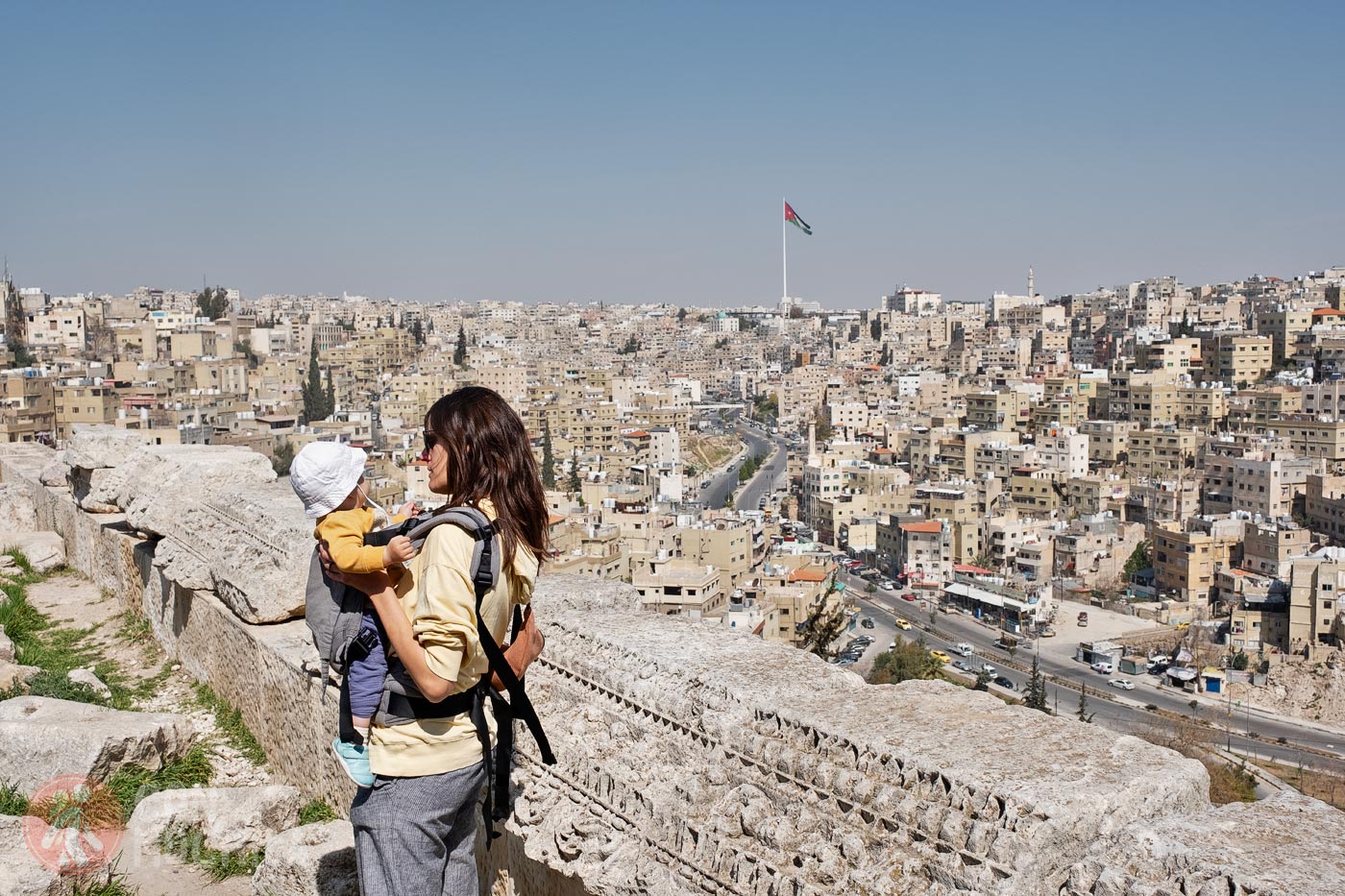
At the same time, Amman offers a modern experience through the vibrant markets of Al-Balad. Amman has transformed into a cultural, economic, and political hub in the region, while still preserving a deep respect for its historical heritage.
Petra, famously known as the “Rose City,” is one of the world’s most iconic archaeological treasures and an essential destination for anyone visiting Jordan.
Founded by the Nabataeans in the 6th century BC, Petra is renowned for its breathtaking rock-carved structures, including the Treasury (Al-Khazneh) and the Monastery (Ad-Deir). These stunning monuments, carved into dramatic pink sandstone canyons, transport you to an ancient world of splendor and mystery.
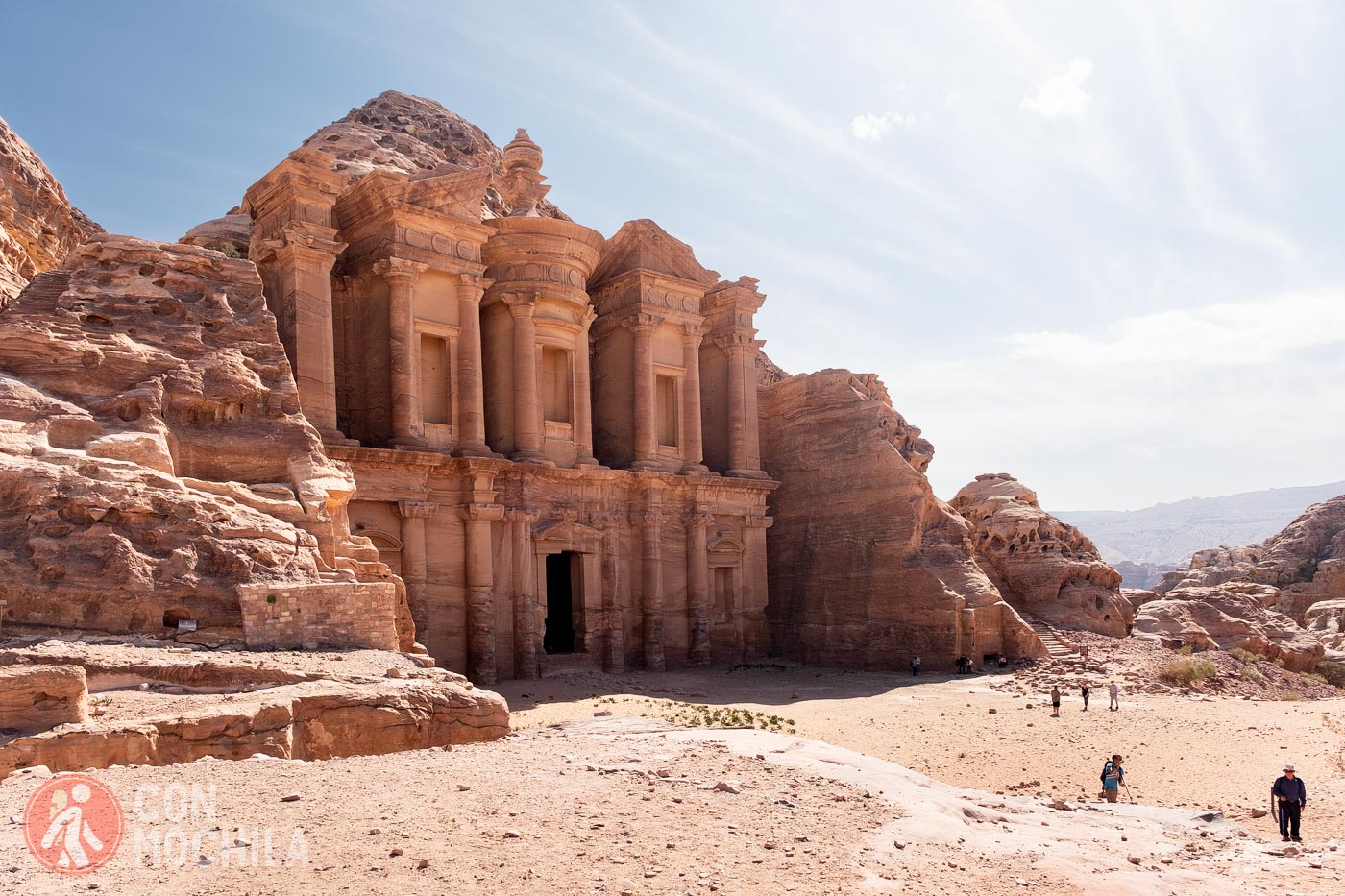
Once a major commercial and cultural hub, Petra boasts historic landmarks like the Obelisk Tomb and the Theatre, offering a unique glimpse into Nabataean civilization.
Beyond its rich historical significance, Petra’s stunning natural surroundings of deep canyons and desert landscapes will leave you awestruck.
Jerash, the ancient city of Gerasa, is an archaeological marvel and home to some of the best-preserved Roman ruins in the region. Its highlights include a majestic triumphal arch, the main colonnaded cardo, an oval forum, an open-air theatre, the Temple of Artemis, and remnants of the city’s protective walls.
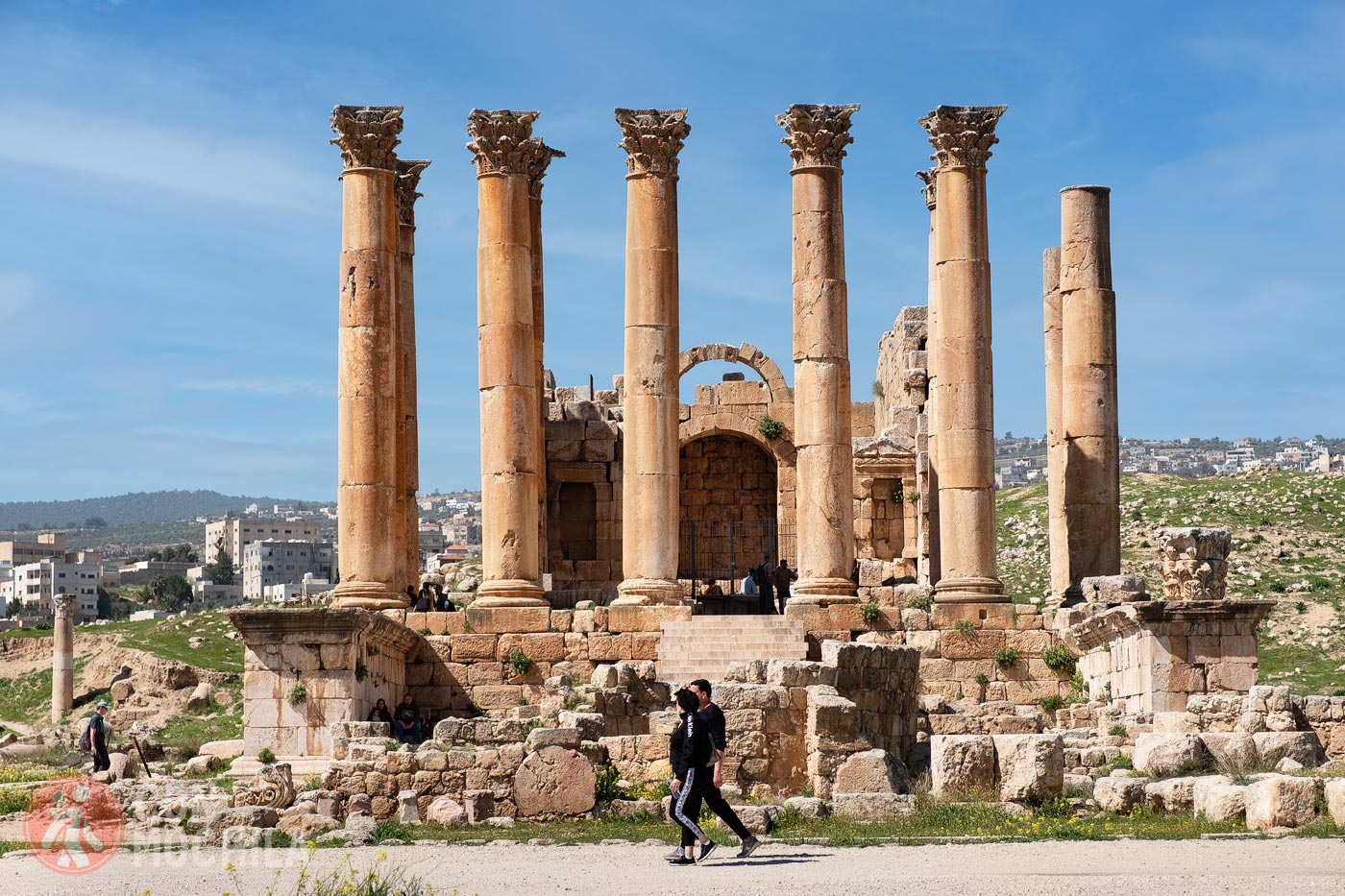
This ancient city also features a remarkably intact urban layout, with intricate details such as floor mosaics and ancient sewage systems. Jerash is a must-visit destination for history enthusiasts, offering a rare window into Jordan’s Roman past in an extraordinary state of preservation.
Madaba, often called the “City of Mosaics,” is a historic gem in Jordan, renowned for its extraordinary ancient mosaics. Among these, the Madaba Map stands out as a detailed depiction of Jerusalem and the Holy Land.
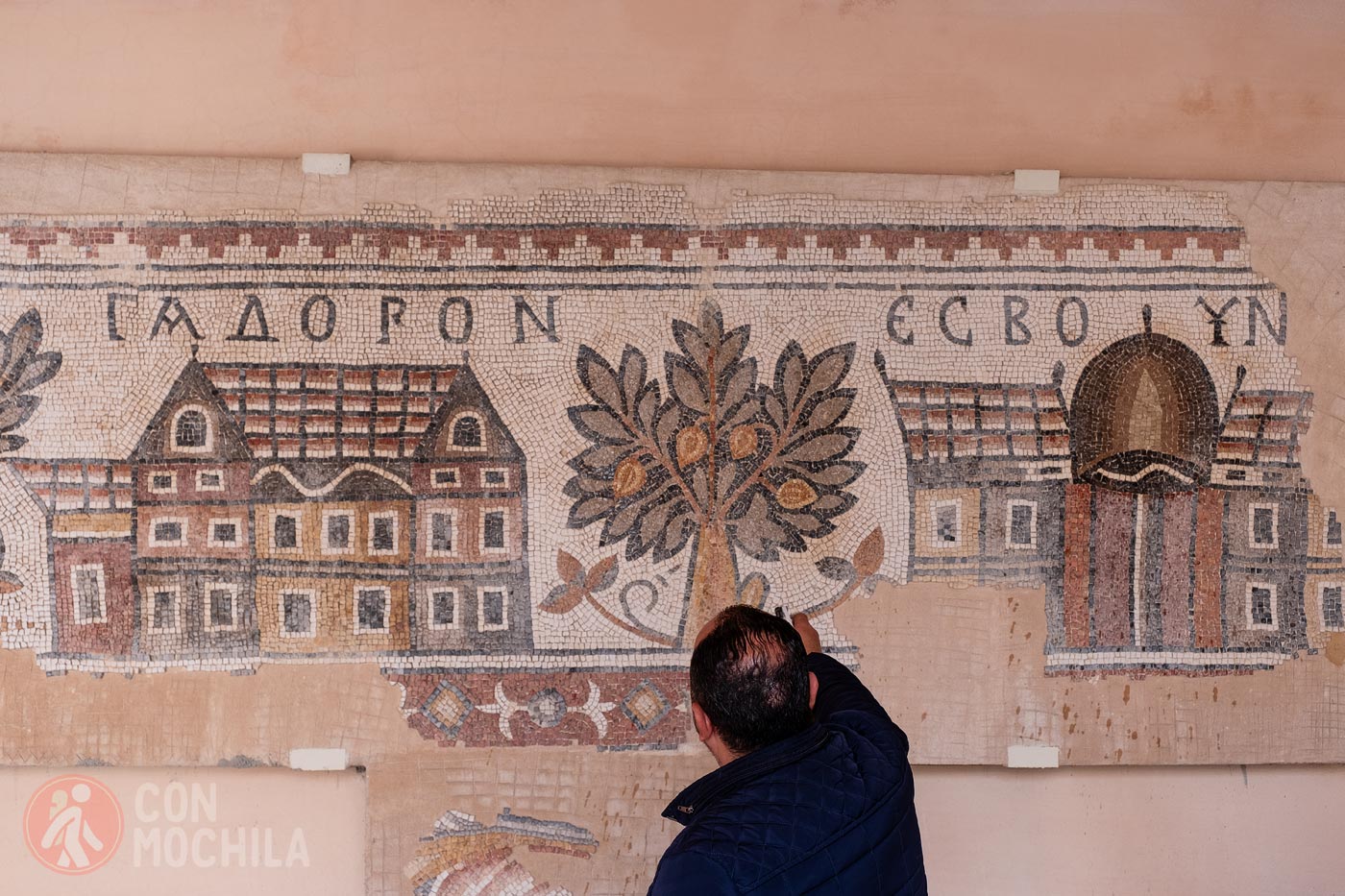
The city provides an intimate glimpse into Byzantine-era life, with its narrow cobblestone streets and preserved architecture. Visitors can explore its rich heritage while enjoying the warmth and hospitality of its residents.
Bethany, also known as Al-Maghtas in Arabic, is a significant historical and religious site located on the eastern bank of the Jordan River. This sacred place is believed to be where John the Baptist baptized Jesus. In 2015, it was recognized as a UNESCO World Heritage Site.
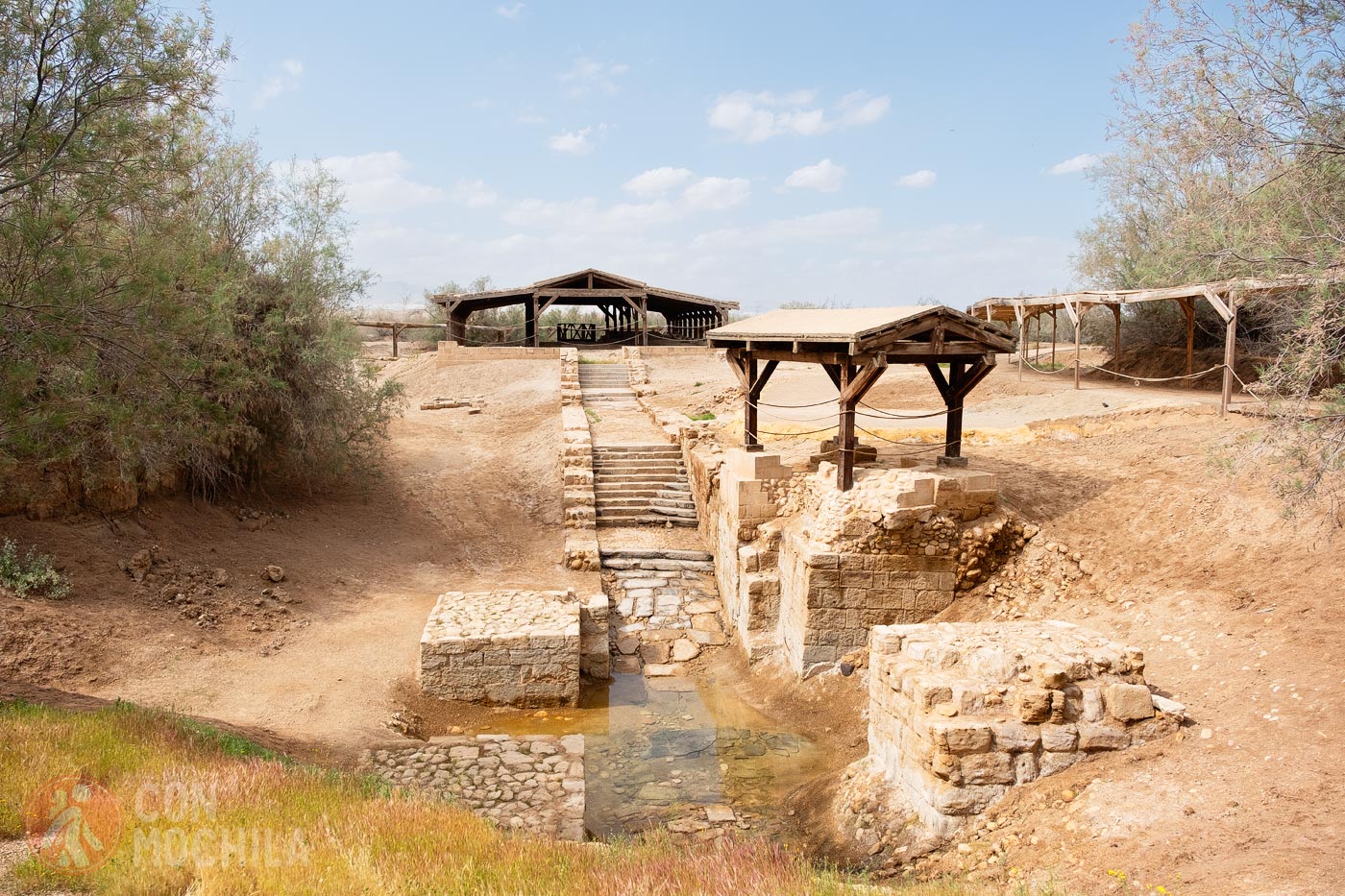
Meanwhile, Mount Nebo holds great importance in biblical history. According to tradition, it is the site where Moses viewed the Promised Land before his death, as recounted in the Bible.
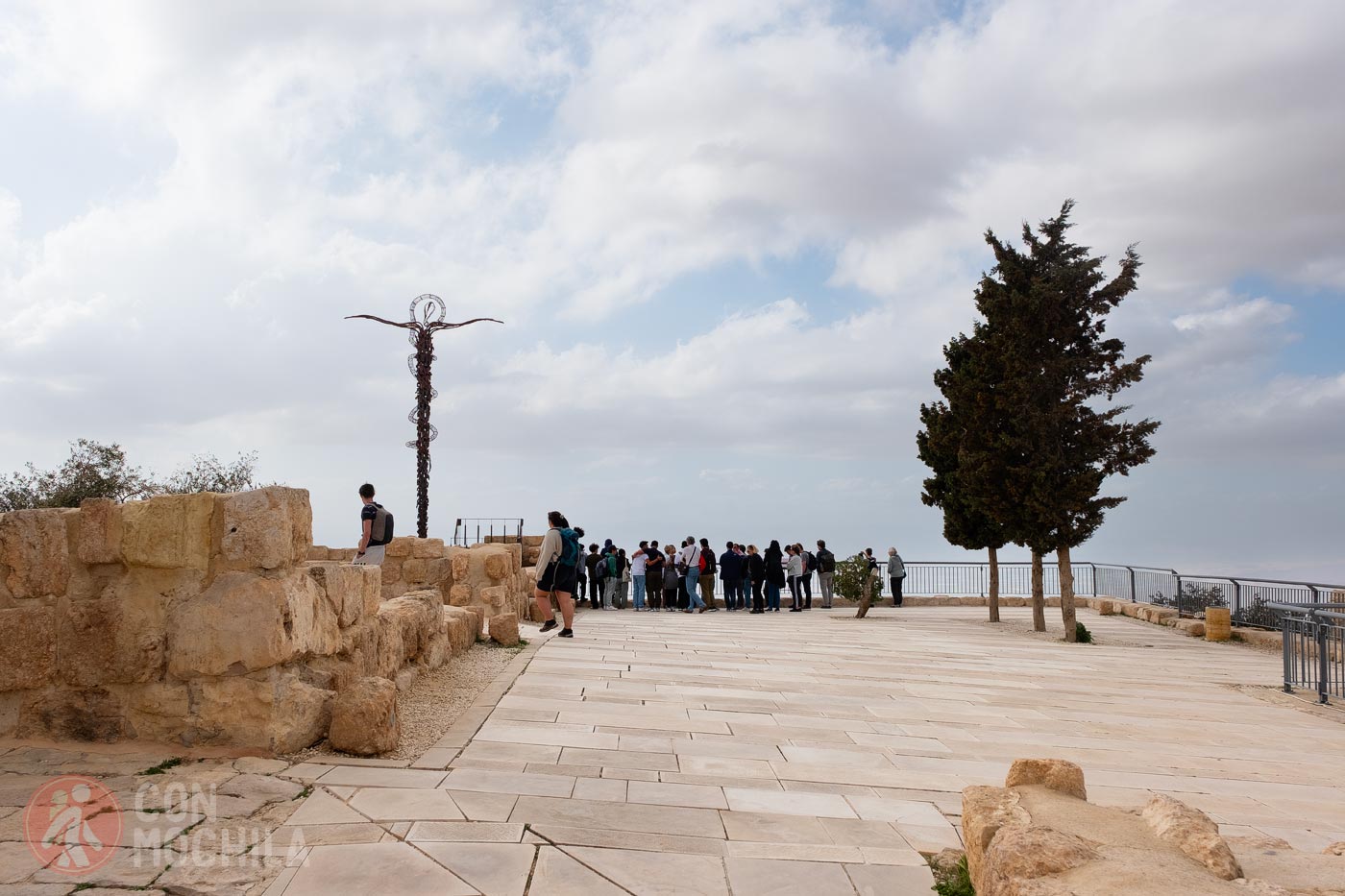
From Mount Nebo’s summit, visitors can enjoy breathtaking panoramic views of the Jordan Valley, the Dead Sea, and, on clear days, even Jerusalem.
Aqaba, Jordan’s southernmost coastal city, is a paradise for lovers of marine adventures, renowned for its stunning coral reefs. It is the ideal destination for diving, snorkeling, and exploring vibrant underwater ecosystems teeming with marine life.
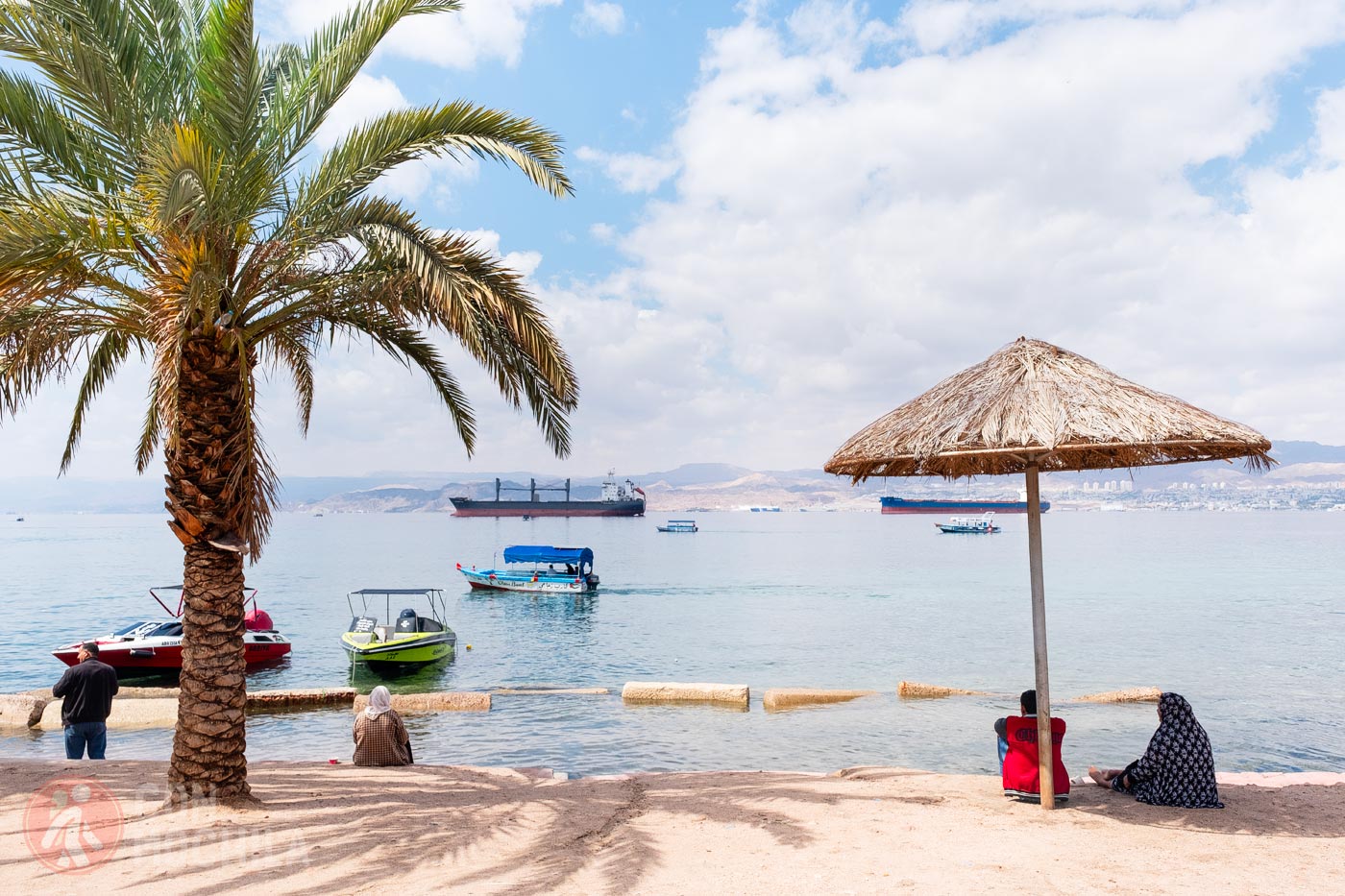
Beyond water sports, Aqaba offers a range of activities to enjoy. Visitors can take a leisurely stroll along the seafront, relax with a drink at a seaside restaurant during sunset, or embark on a scenic boat ride.
Ajlun Castle, known as Qal’at Ajlun, is a medieval fortress located in northern Jordan. Built in the 12th century by the Ayyubids, this imposing defensive structure was designed to protect the region from Crusader raids.
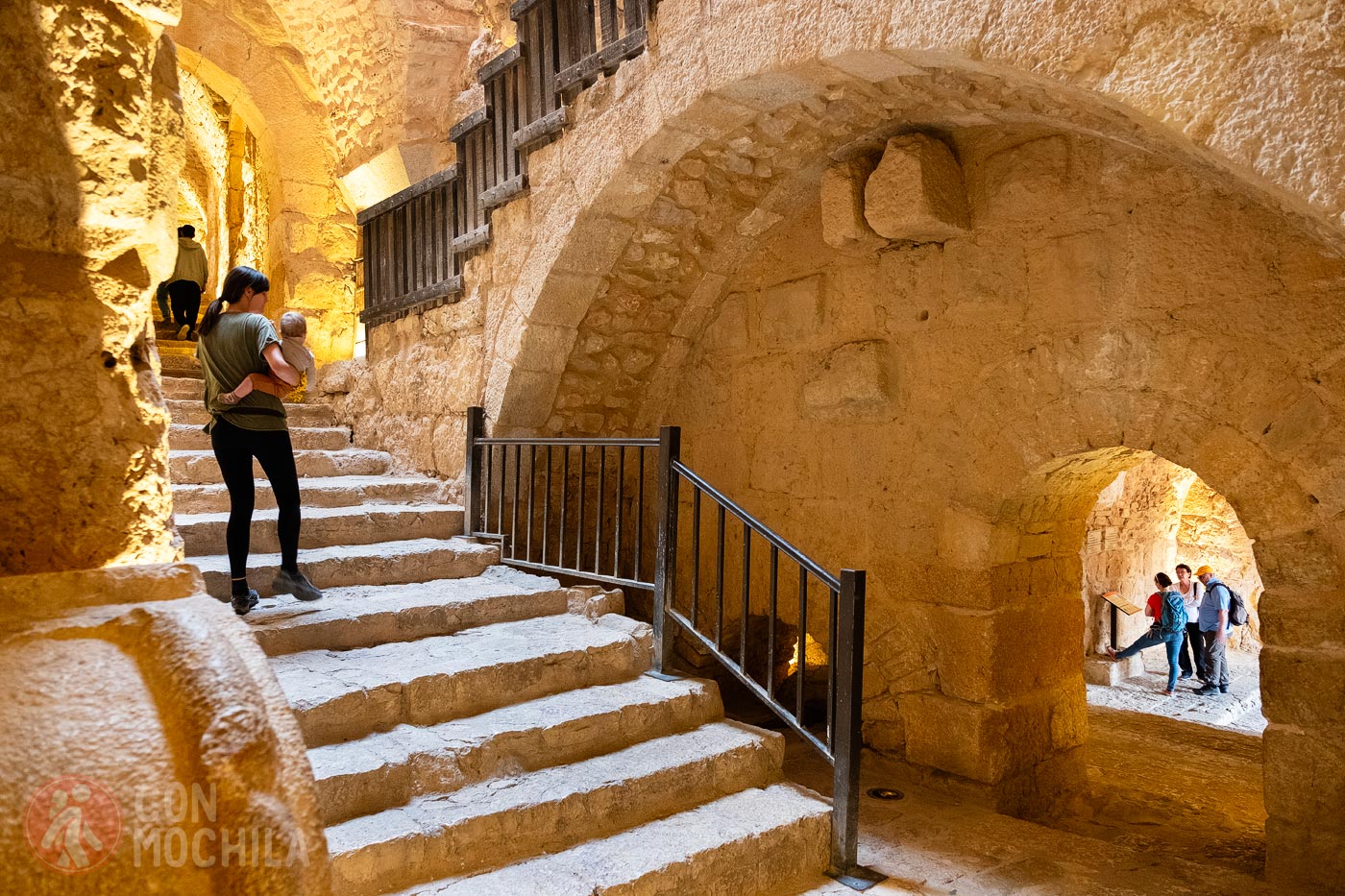
The fortress, with its strategic architecture, features towers, fortified walls, and winding passageways. From its battlements, visitors can enjoy breathtaking panoramic views of the Jordan Valley and the hills of Galilee in Israel.
Pella Castle, also known as Tabaqat Fahl, is another historic fortress located in the city of Pella in northern Jordan. This ancient stronghold has a rich historical legacy dating back to the Bronze Age, with evidence of continuous human habitation over millennia.
Throughout its history, the castle was utilized by various civilizations, including the Romans, Byzantines, and Umayyads.
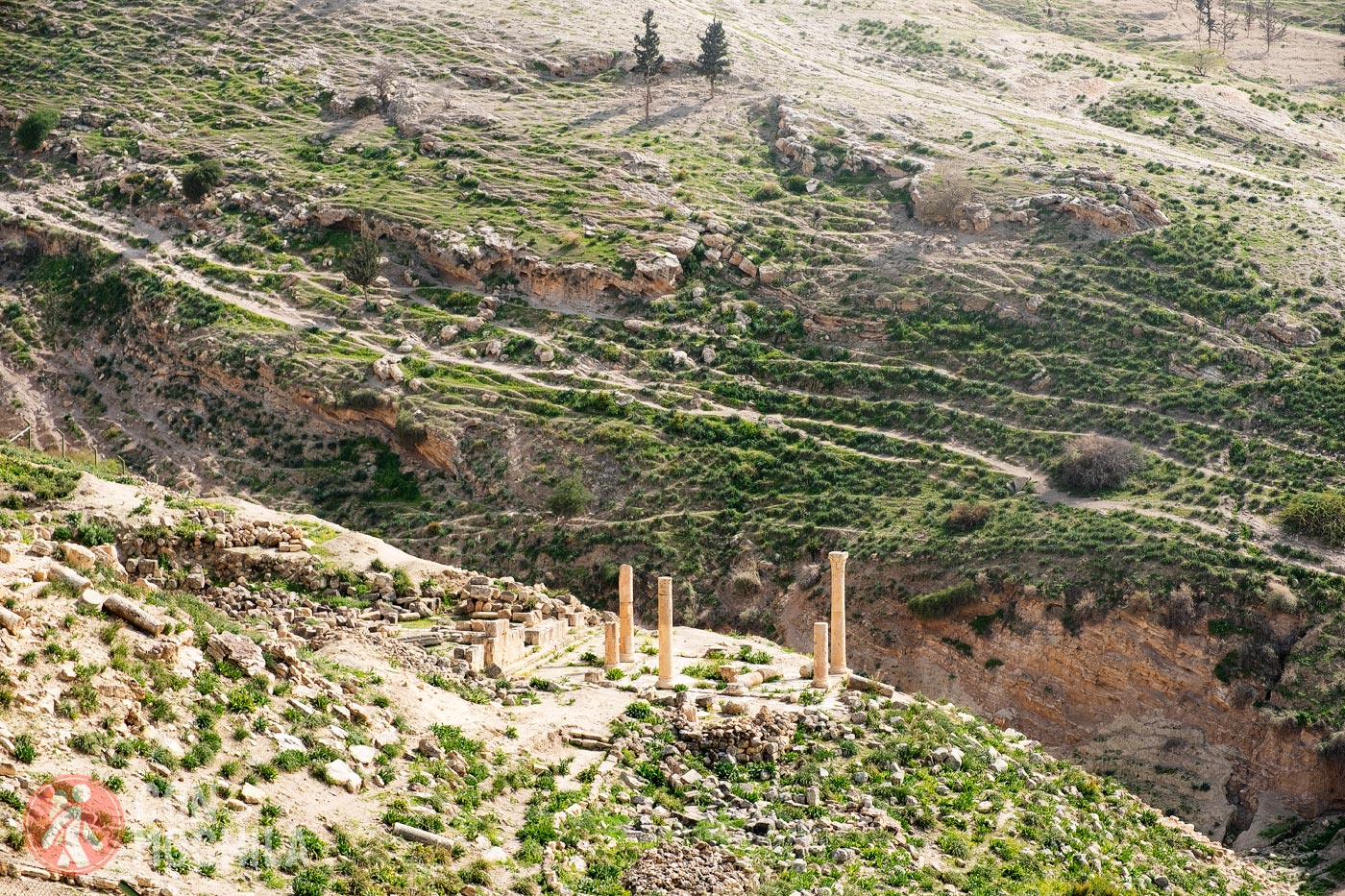
Pella Castle offers stunning views of the Jordan River Valley and Lake Tiberias, making it an excellent spot for landscape enthusiasts. The ancient town of Pella surrounding the castle is also a significant archaeological site, with ruins and historical remains offering a detailed glimpse into life and culture in the region across centuries.
Umm Qais Castle, historically known as Gadara, is located in northern Jordan and is a site that combines rich history with spectacular panoramic views.
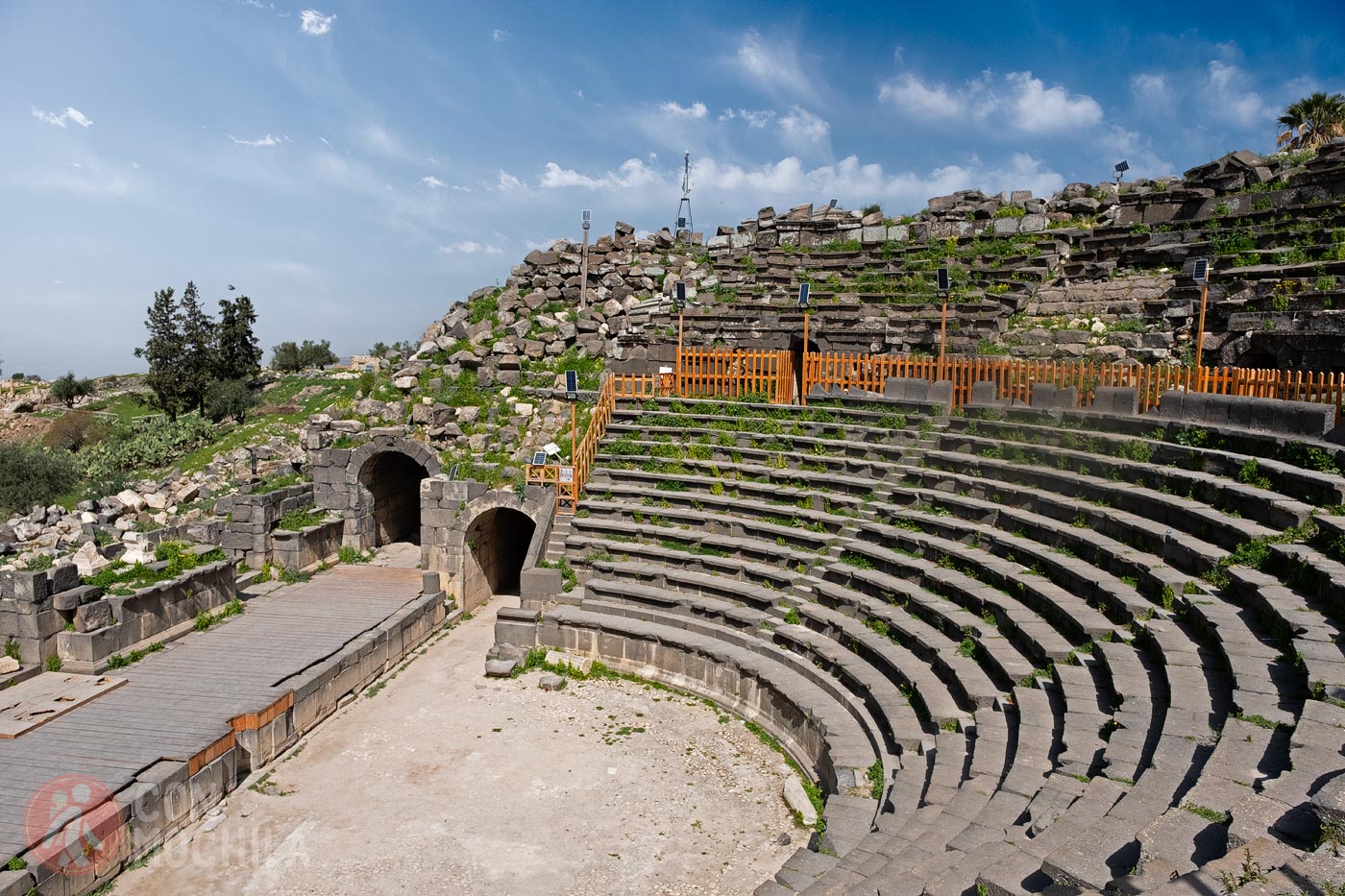
This archaeological site includes remnants of an ancient Roman city, featuring cobbled streets, majestic columns, theaters, and well-preserved baths. One of the main attractions of Umm Qais is its Roman theatre, which sits in a prime location overlooking the Jordan River Valley and the Golan Heights in Israel.
Al-Karak Castle, commonly referred to simply as Karak Castle, is a fortress situated in the city of Al-Karak in southern Jordan. It is one of the most significant historical landmarks in the country, perched atop a strategic hill that provides commanding views of the surrounding region.
Constructed by the Crusaders in the 12th century, Al-Karak Castle has undergone numerous phases of occupation and renovation throughout its history. Its robust walls, defensive towers, and intricate passageways exemplify the military architecture of the Middle Ages.
The castle has been a witness to pivotal events in the region’s history, including clashes between Muslim and Crusader forces during the Crusades.
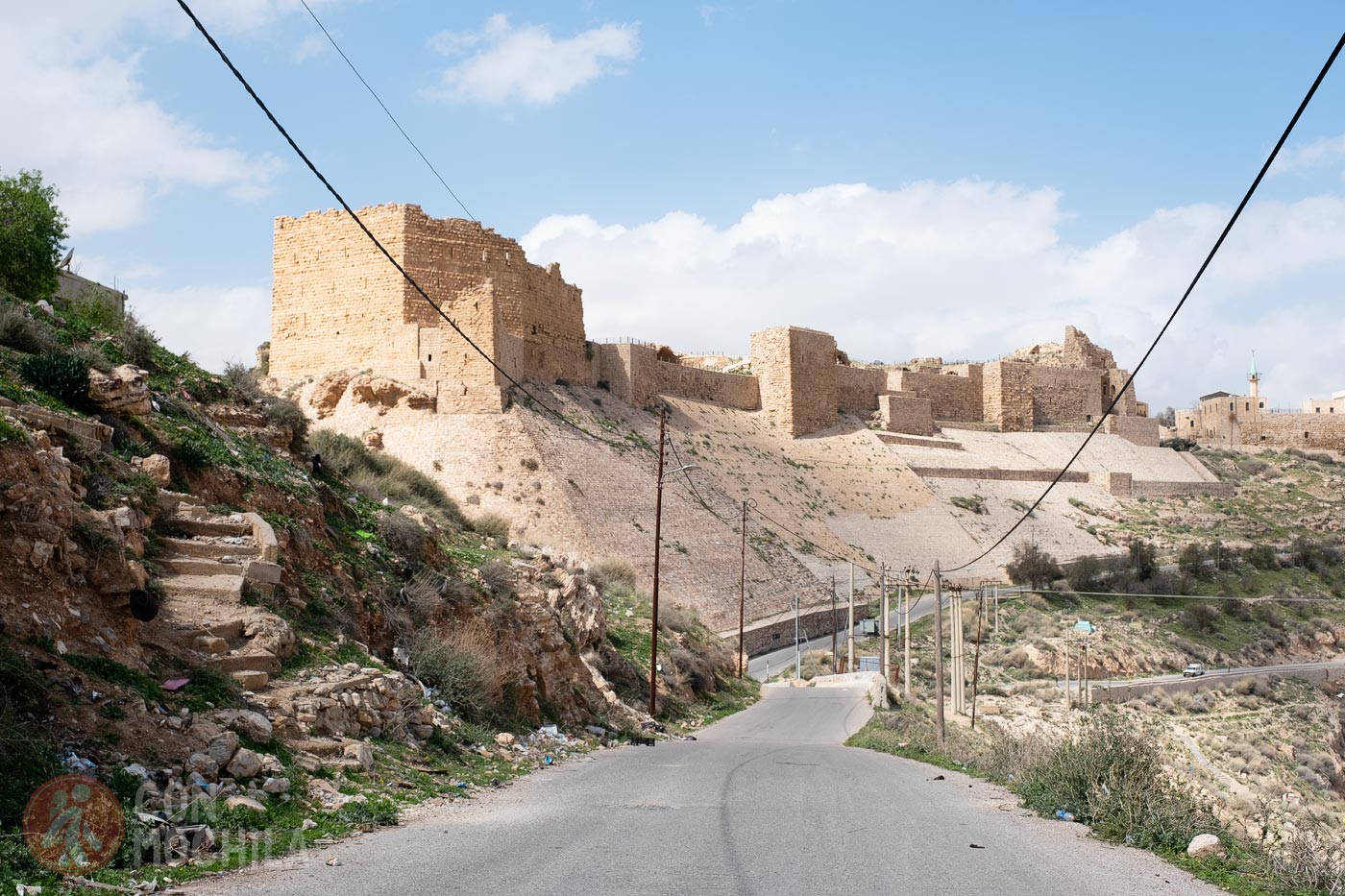
Inside, visitors can explore its dungeons, audience chambers, secret passages, and a well-preserved Christian chapel. The castle provides panoramic views of the Jordan River Valley and the hills of Moab, making it a strategic observation point.
Shobak Castle, also known as Montreal Castle, is a historic fortress located in southern Jordan. It was built in the 12th century by the Crusader King Baldwin I of Jerusalem as part of a network of defensive castles in the region.
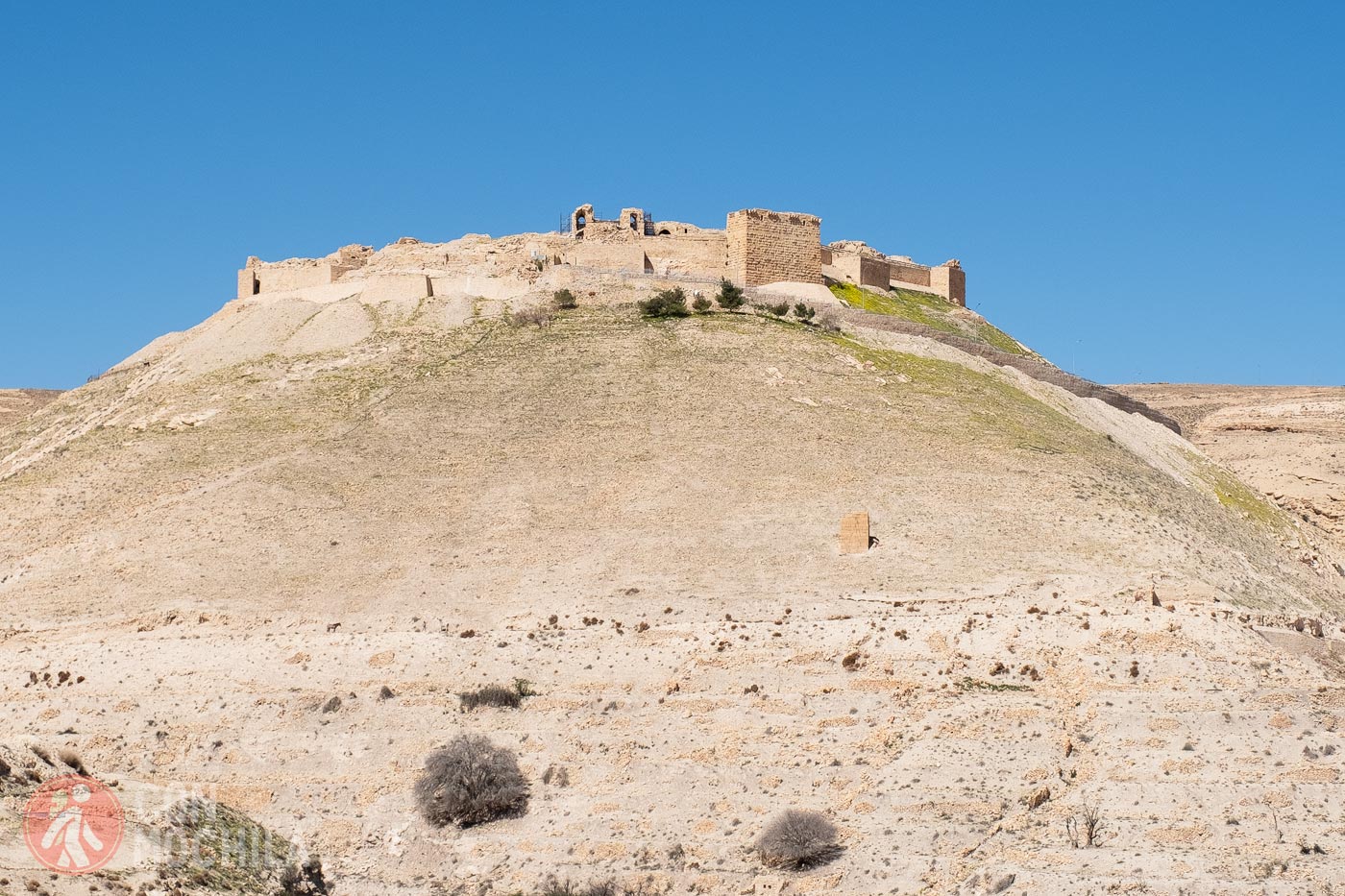
Perched on a hilltop and surrounded by imposing walls, the castle’s strategic design played a crucial role in protecting the trade route that connected the Red Sea to the Dead Sea.
Jordan’s “Desert Castles,” including Qusayr Amra, Qasr Al-Azraq, Qasr al-Kharana, Al-Hallabat, and Qasr al-Kharana, are a collection of historic fortresses and mansions scattered across the vast, arid Jordanian desert. These structures represent an important architectural legacy and offer insights into the region’s history.
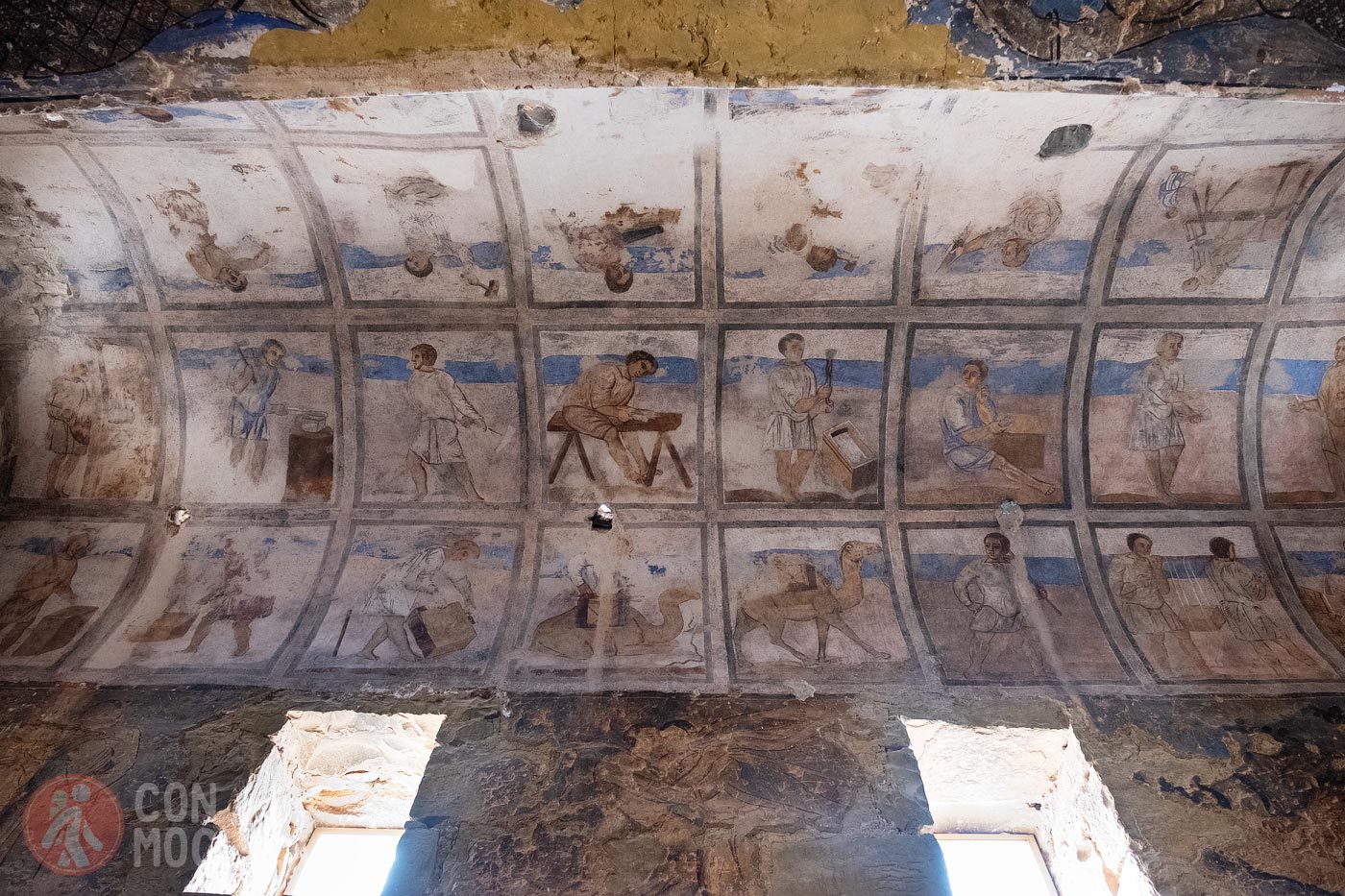
Today, they are part of what is known as the “Desert Castle Loop,” a popular route exploring these historic sites. While some are little more than scattered ruins, others remain remarkably well-preserved.
Wadi Rum, also called the Valley of the Moon, is a breathtaking desert located in southern Jordan. This stunning landscape is characterized by deep canyons, towering rock formations, and golden sand dunes. Visitors can explore its rocky labyrinths and discover ancient petroglyphs etched into the mountain walls.
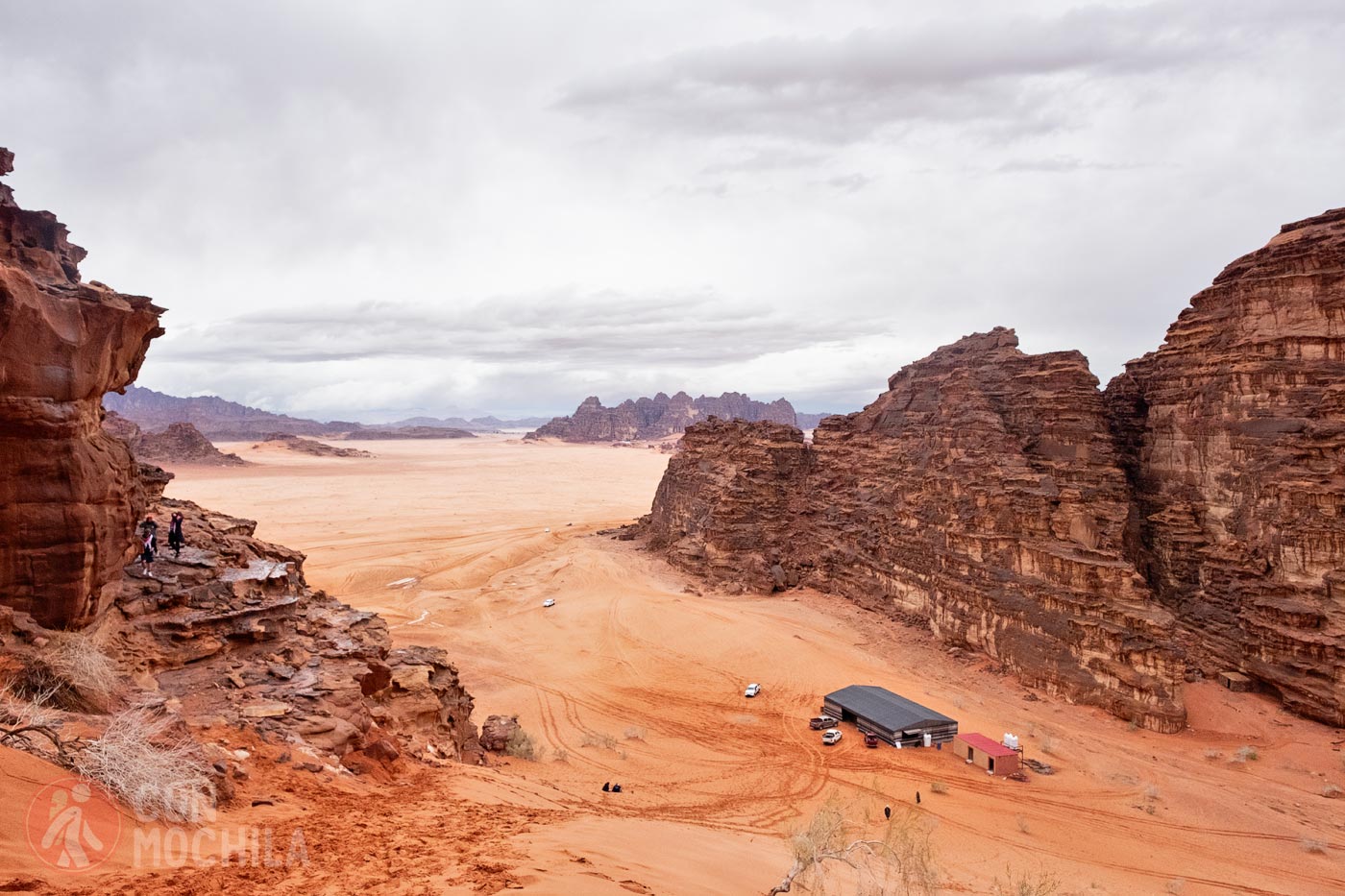
This peaceful and serene desert contrasts sharply with the bustling life of Jordan’s cities, making it an ideal destination for stargazing under its exceptionally clear night sky. Visitors can also immerse themselves in Bedouin culture through guided tours and overnight stays in Bedouin camps, where they can enjoy authentic hospitality and traditional cuisine.
The Dana Biosphere Reserve is a natural and cultural gem, featuring a wide range of landscapes, from high mountains to deep gorges and expansive deserts. Located in one of Jordan’s most remote and unspoiled regions.
Renowned for its remarkable variety of ecosystems, the reserve is home to an array of flora and fauna, including endangered species such as the Arabian leopard. It is an excellent destination for hiking and trekking, with trails offering panoramic views of breathtaking landscapes.
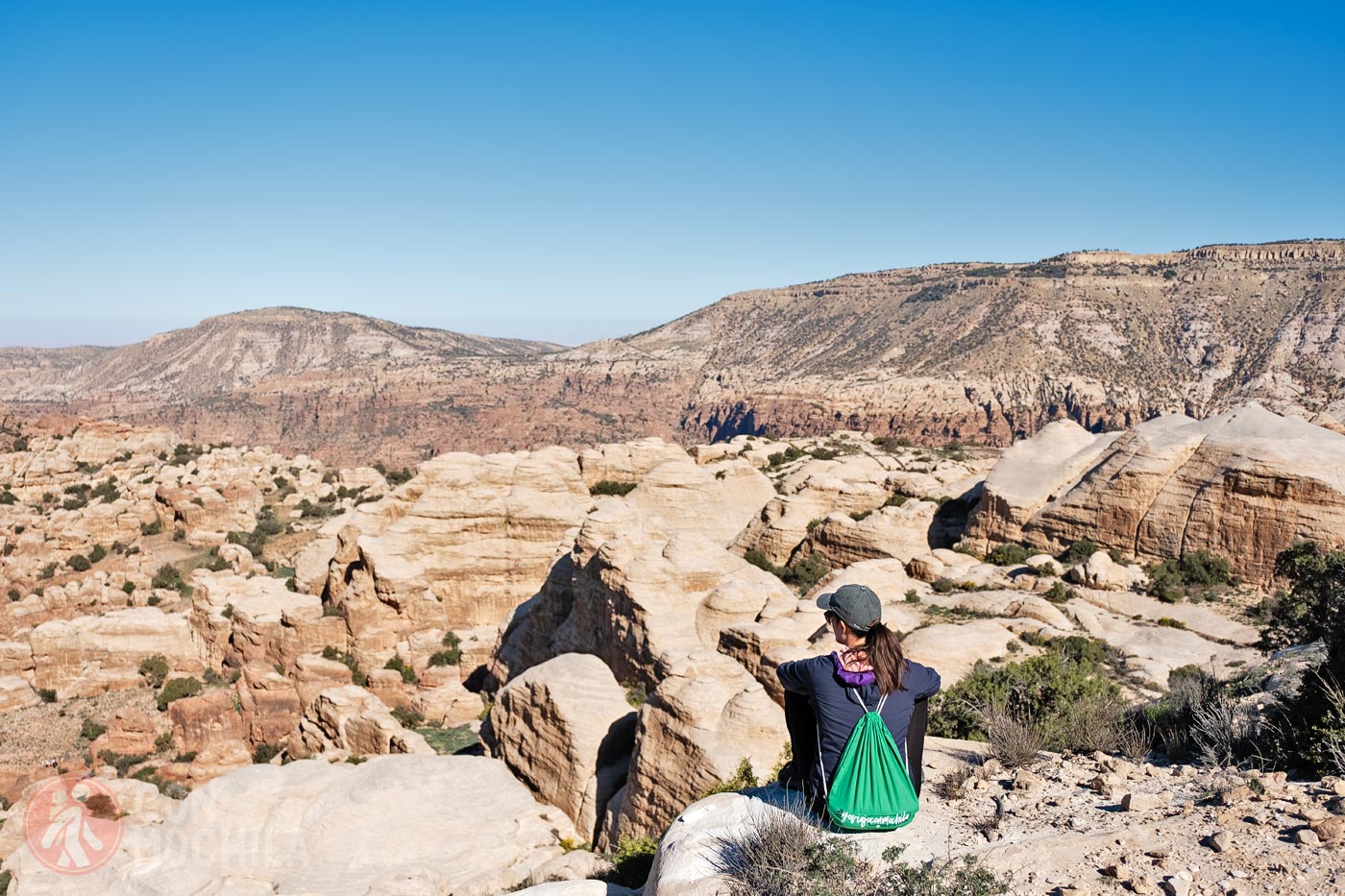
Dana also boasts a rich cultural heritage, with Bedouin communities that have lived in the region for generations.
The Dead Sea, technically a lake, is a unique and renowned landmark in the Middle East. What sets it apart is its exceptionally high salinity—approximately ten times that of the ocean—making it one of the saltiest bodies of water in the world. This distinctive feature makes the Dead Sea a popular tourist destination, offering visitors the extraordinary experience of effortlessly floating on its surface.
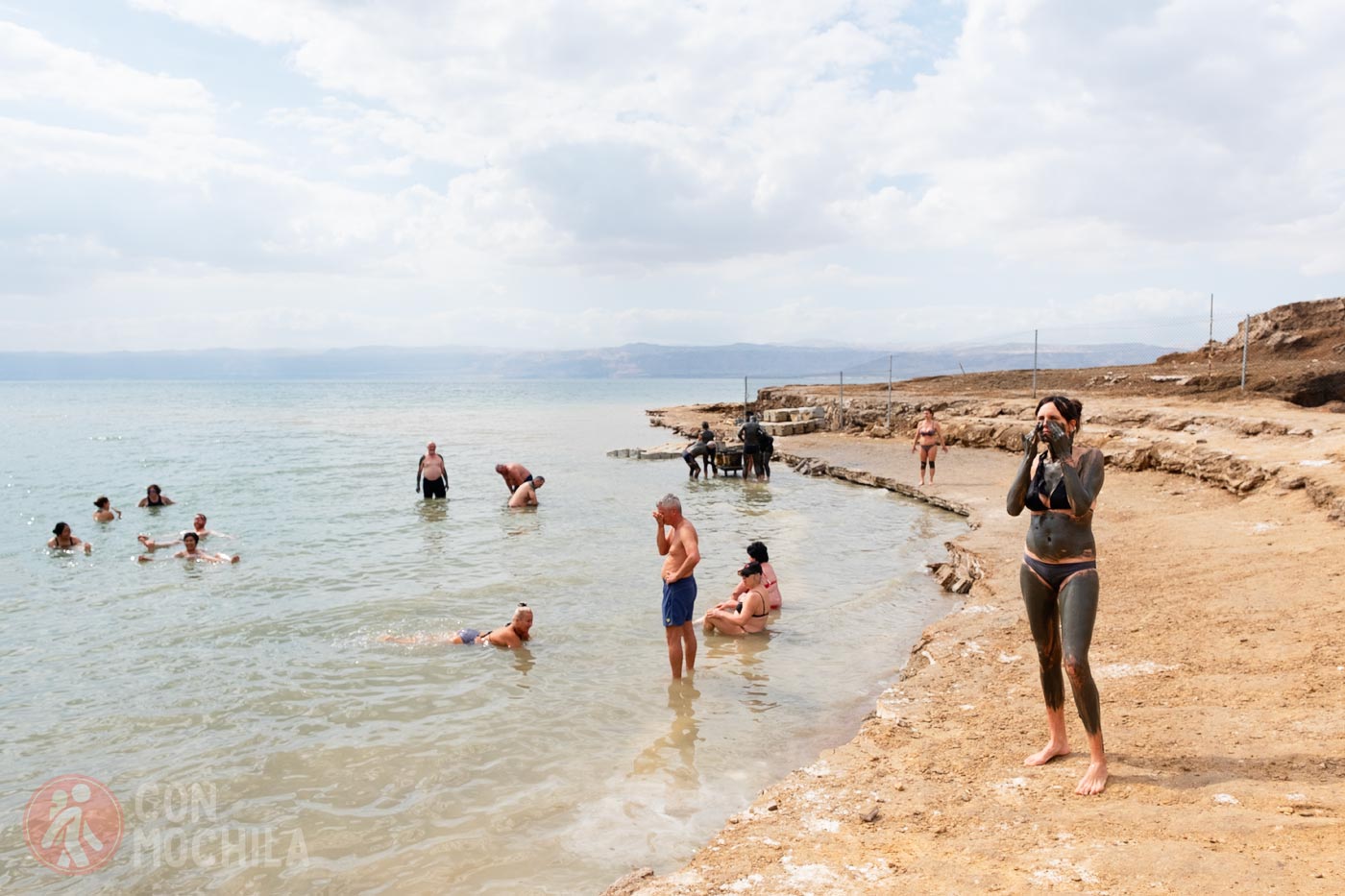
Additionally, the Dead Sea is situated in the deepest part of the Dead Sea Trench, making it the lowest point on Earth at about 430 meters below sea level.
The water’s high salt and mineral content is believed to have therapeutic properties. This is why many hotels overlooking the lake provide specialized spa facilities, where guests can indulge in treatments like mud therapy and mineral-rich baths.
Our strategy was always to “book the first night and then find hotels as we go,” but as tourism has grown, so have the number of new hotels and “fully booked” signs, as well as new booking websites. The advantage now is that, with just a click, you have a wide selection of hotels and guesthouses to choose from before you even arrive at your destination.
We recommend using platforms like Booking.com o Agoda.com, which are very popular in countries like Jordan. Así y todo te dejamos un listado con los alojamientos que hicimos en el viaje.
Getting around Jordan using public transport isn’t as straightforward as in some other countries, and it doesn’t reach all destinations. Therefore, the best option we found was renting a car. You can find competitive prices on DiscoverCars. Here’s the link:
Just to be safe, it’s always a good idea to carry an international driving license.
Click on the image and it will take you to a new Google Maps window with all the points of interest to travel around Jordan.